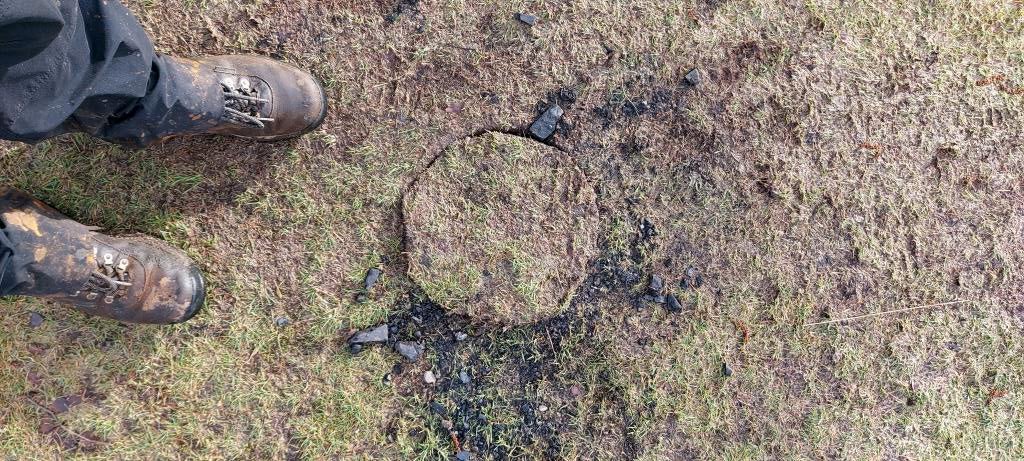
Experts are investigating suspected illegal metal detecting at a Roman fort.
Historic Environment Scotland (HES) said it is working with police after reports that a large number of holes have been dug at Bar Hill Fort, which forms part of the Antonine Wall Unesco world heritage site.
Many significant Roman artefacts have been discovered at the fort, which is more than 2,000 years old and formed part of the north-western frontier of the Roman Empire.
It is protected as a scheduled monument, meaning metal detecting and the removal of items from the site is illegal without prior consent and is subject to prosecution.
HES said the site in East Dunbartonshire has been damaged by what appears to be illegal metal detecting for the fifth time in 12 months.

Stefan Sagrott, senior cultural resources adviser at HES, said: “Such incidents of metal detecting, whether on our estate or in the wider historic environment, can cause irreparable damage to archaeological sites and impair investigation of them, potentially robbing us of our history.
“These incidents also divert resources away from vital conservation work to our sites and monuments.
“Heritage crime is a serious matter and we are committed to investigating incidents thoroughly and pursuing offenders to ensure that Scotland’s historic environment is protected.
“We would urge any members of the public with any information regarding this incident to get in touch with HES at hmenquiries@hes.scot; contact Police Scotland on 101; or Crimestoppers anonymously on 0800 555 111 or online at crimestoppers-uk.org.”
Metal detecting is only permitted at sites in the care of HES when it is part of an authorised archaeological research project under supervision of the organisation’s in-house archaeologists.
Bar Hill Fort was one of 16 known forts along the Antonine Wall, which was built across Scotland’s central belt from AD 140.







